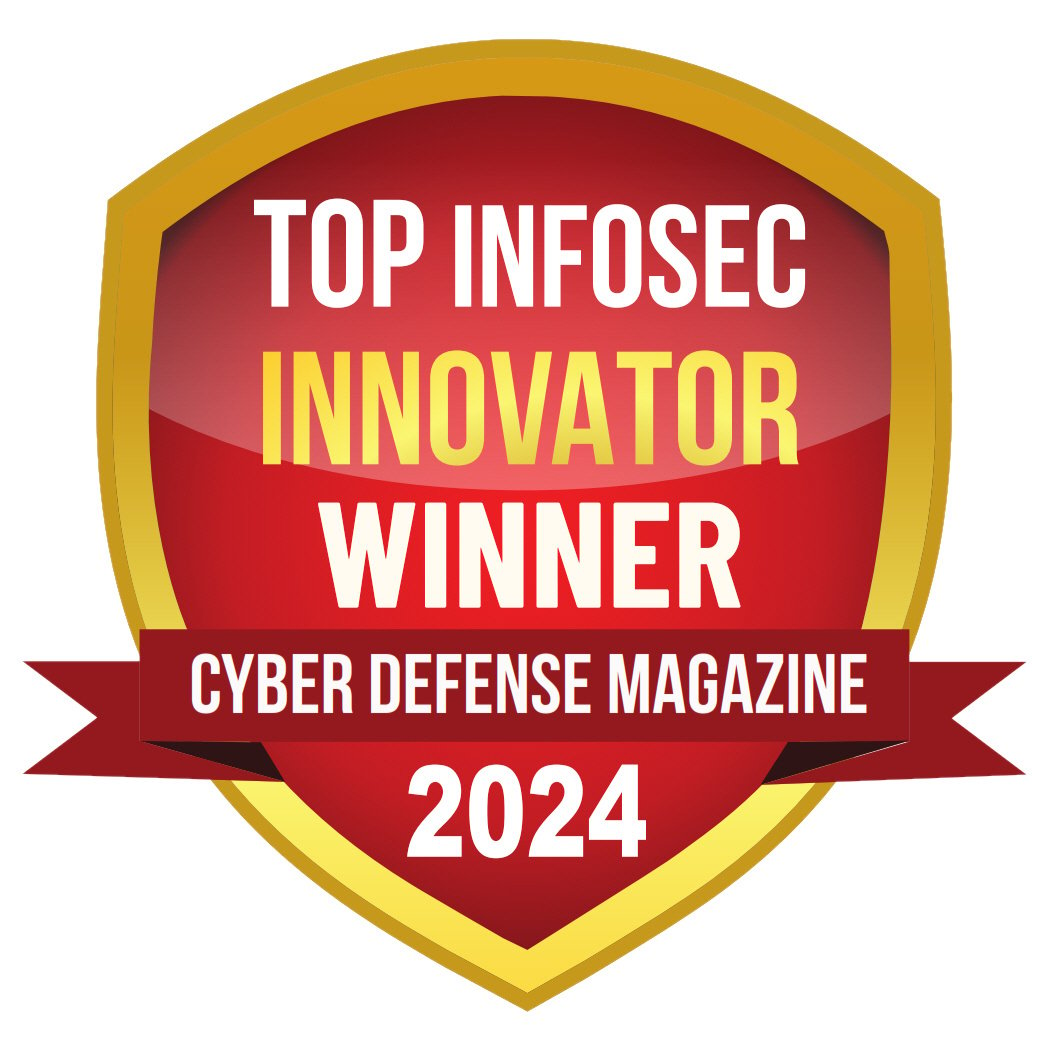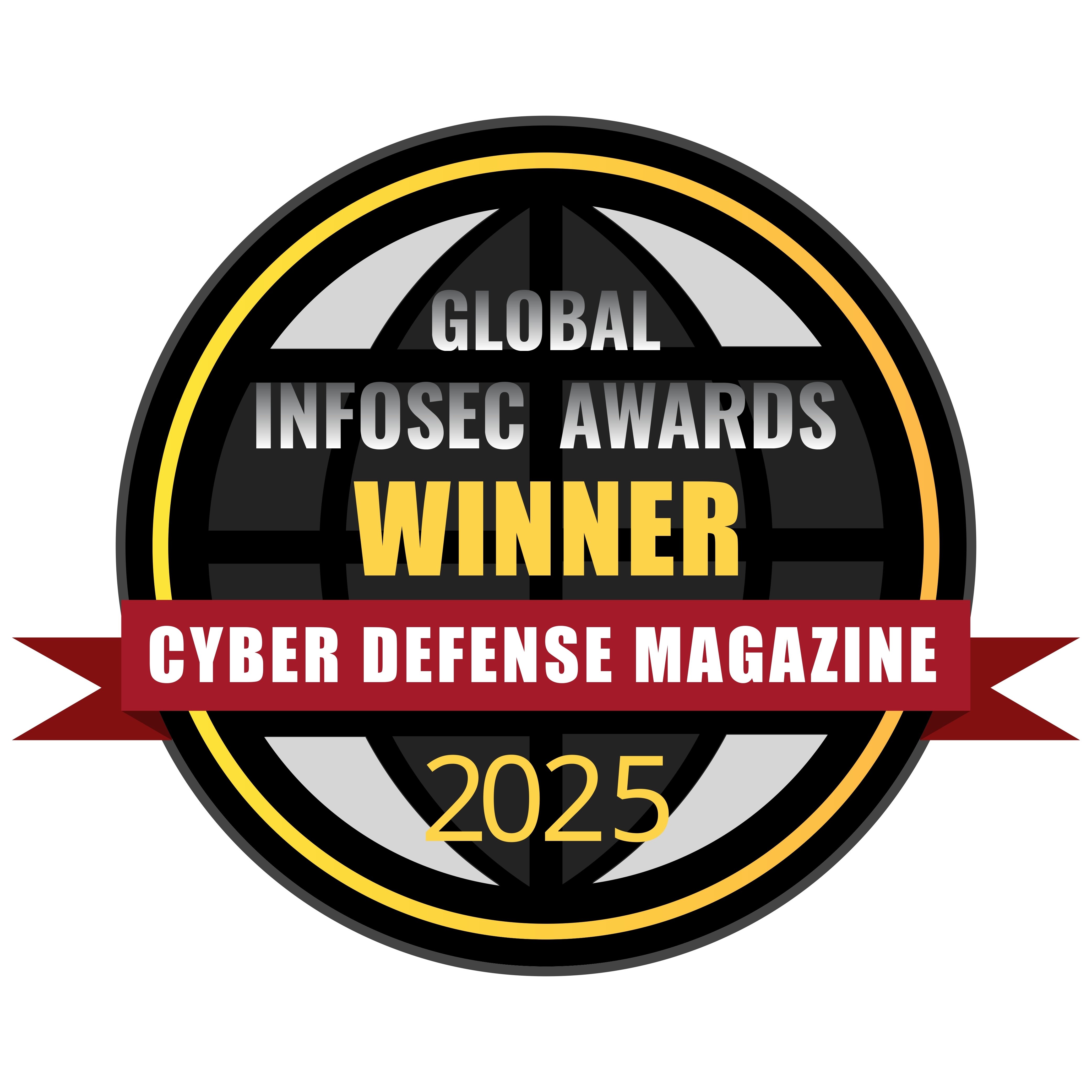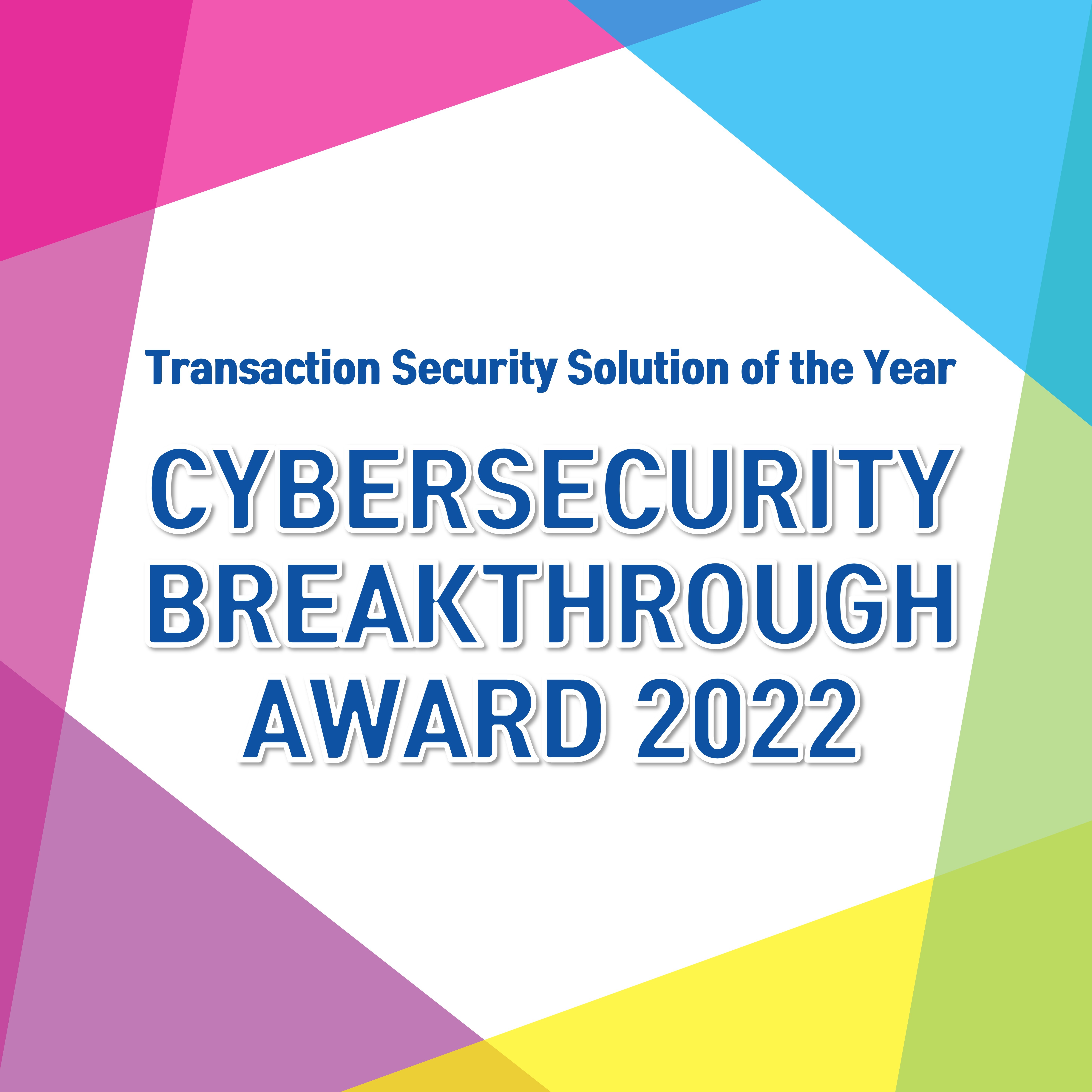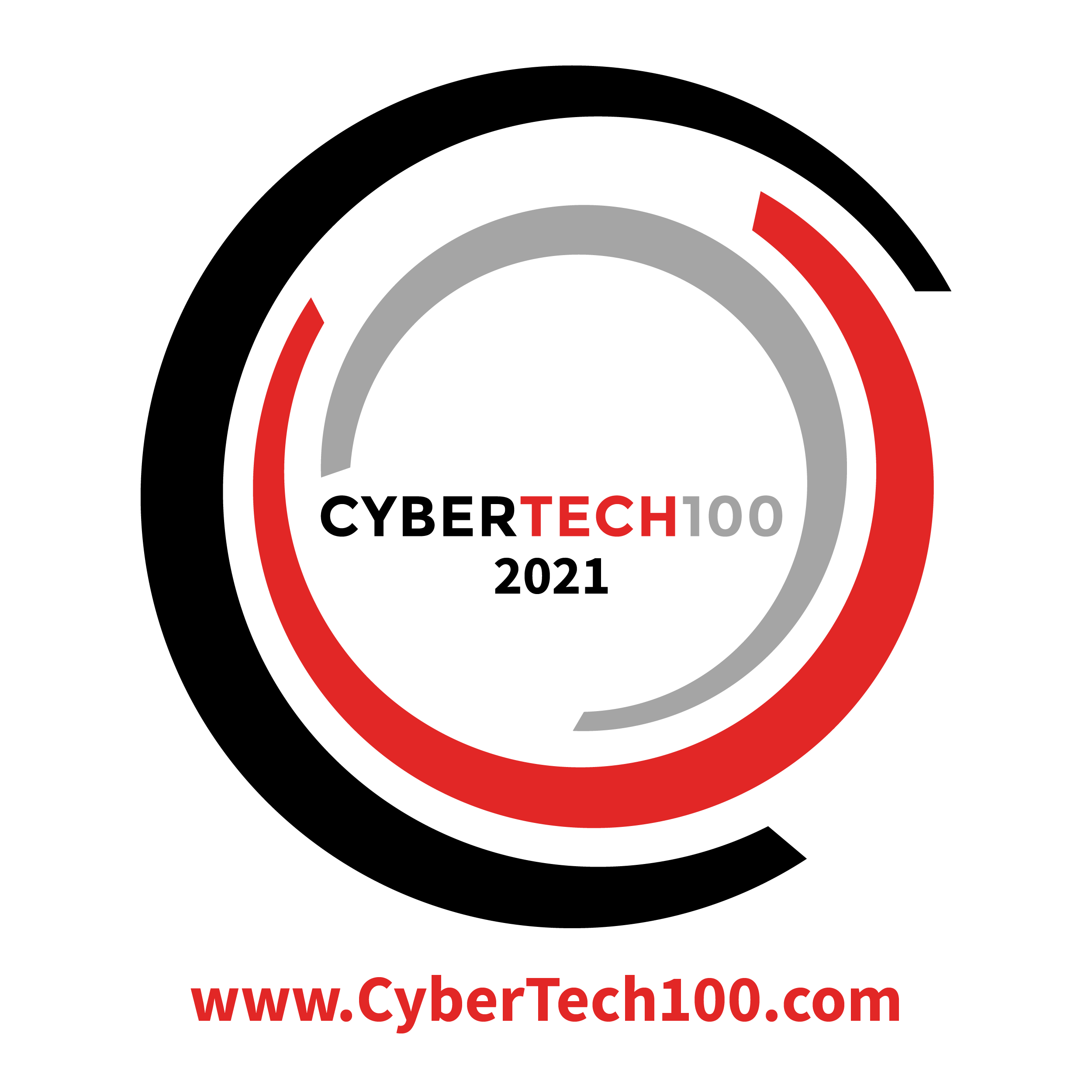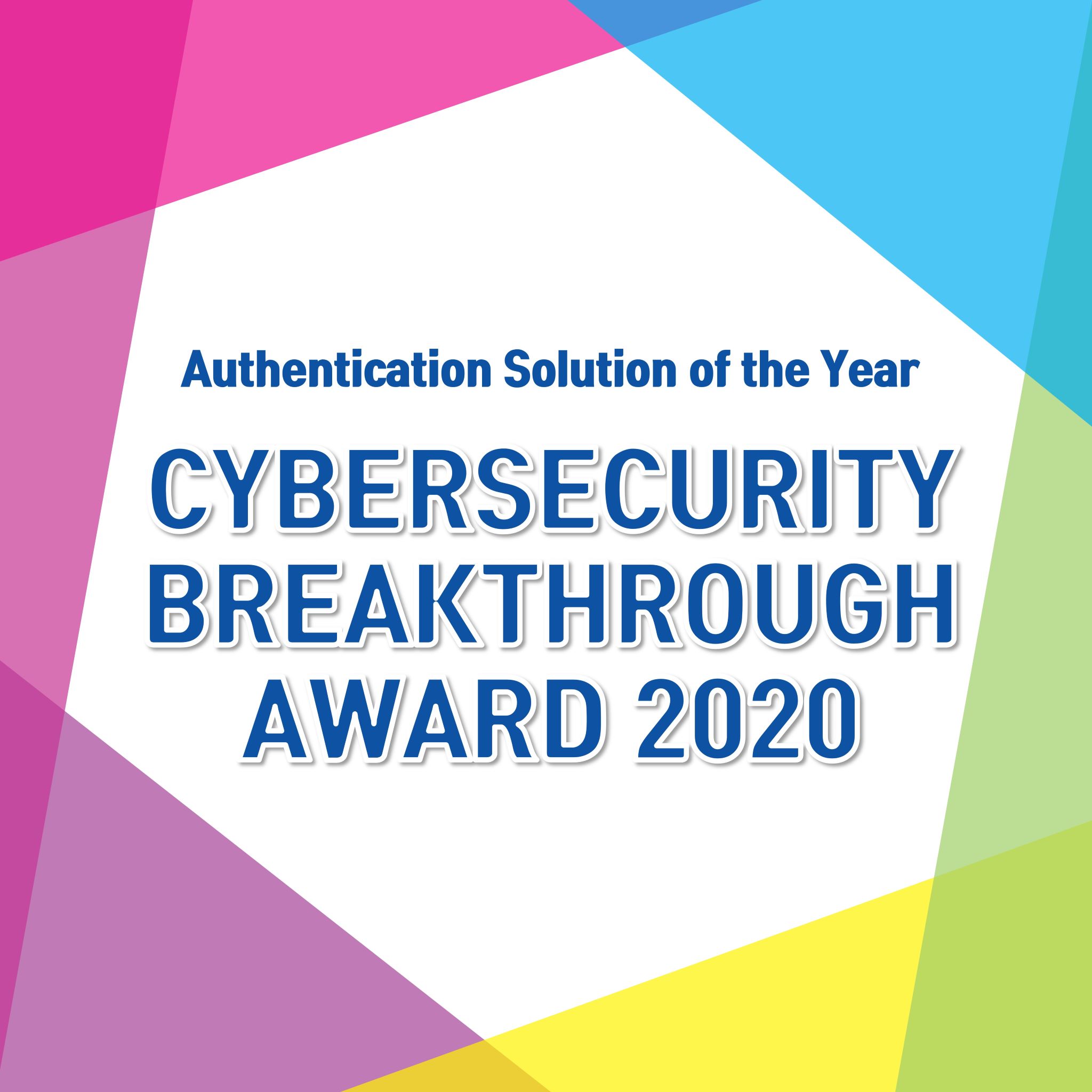Cybersecurity Reinvented for Government Trust and Resilience
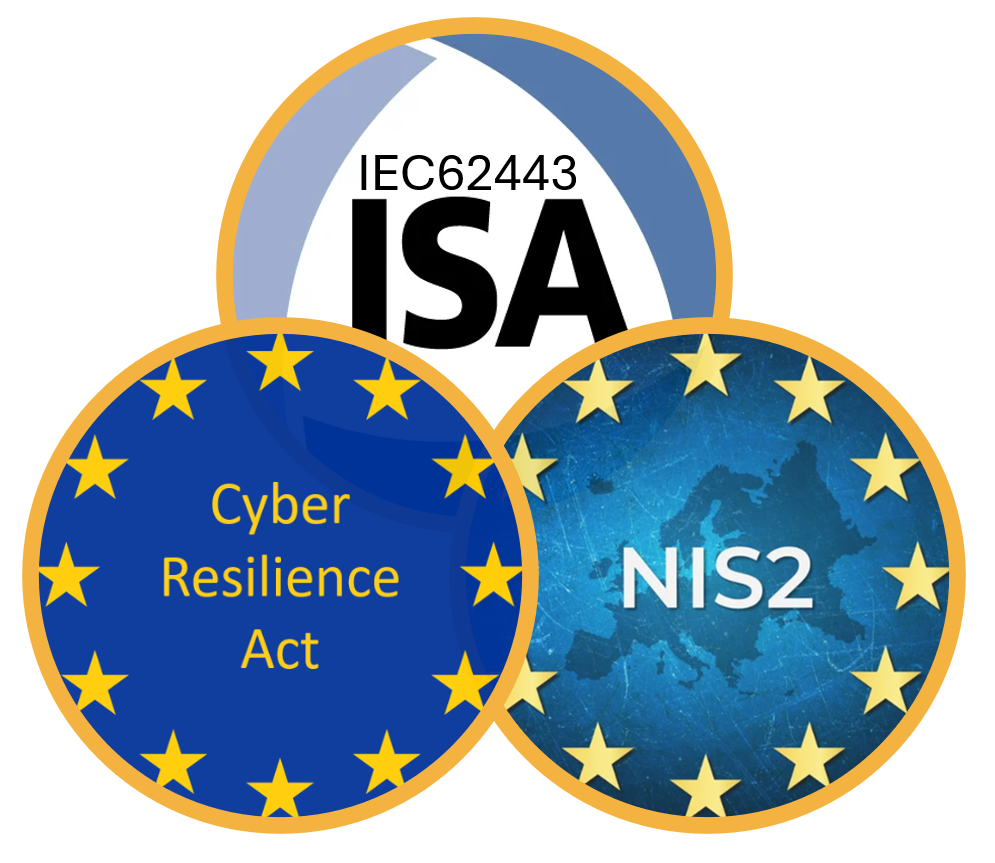
Cyber Risks in Public Administration
Governments at all levels—central, regional, and local—are prime targets for cyberattacks due to the vast amount of sensitive citizen data, critical public services, and national security systems they manage. Cybercriminals, hacktivists, and nation-state actors target government networks, public sector IT infrastructure, and operational technology (OT) systems to disrupt services, steal data, or compromise national security.
Regulatory Pressure: Strengthening Government Cybersecurity
To combat escalating cyber threats, NIS2, GDPR, and the Cyber Resilience Act (CRA) impose stricter cybersecurity requirements on public sector organisations. These regulations mandate robust authentication, access control, and incident response plans to ensure the security of government operations and citizen services. Governments must comply with these standards to prevent cyber incidents, protect national security, and avoid costly service disruptions.
Notable Attacks on Government Entities

2023: Ransomware Attack on a European Local Government
A major city council in Europe was hit by a ransomware attack, causing severe IT disruptions that affected public services, tax processing, and welfare payments. The attackers demanded a ransom, forcing the government to resort to manual operations for weeks.

2021: Cyberattack on the Irish Health Service (HSE)
A ransomware attack on Ireland’s public health system led to widespread service cancellations and delayed medical care. Sensitive patient data was stolen and leaked online, costing the government millions in recovery efforts.

2020: SolarWinds Supply Chain Attack
A highly sophisticated cyberattack infiltrated multiple US government agencies, including the Department of Homeland Security, Treasury, and State Department. The attackers inserted a backdoor into IT management software, enabling long-term espionage.
Benefits of OT Auth Solutions
To prevent cyberattacks and comply with regulations, government agencies must implement strong authentication mechanisms for both IT and OT environments. swIDch’s OT authentication solutions—PLC OTAC and OTAC Trusted Access Gateway (TAG)—provide a secure, scalable, and network-independent approach to protecting public sector infrastructure.
Why OT Authentication is Essential for Government Cybersecurity
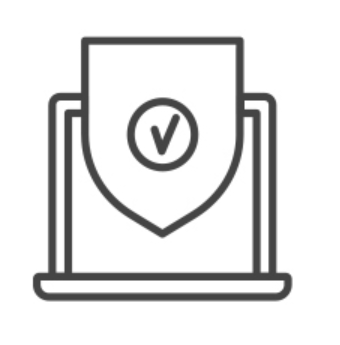
Regulatory Compliance
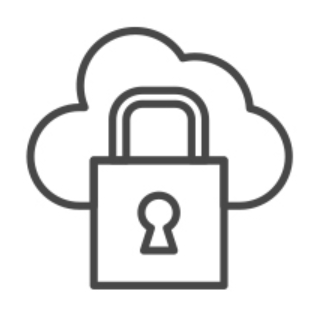
Protection Against Ransomware & Espionage
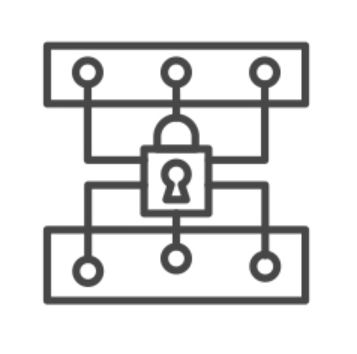
Security for Remote Government Operations

Secure Access to Public Sector Networks
-1.jpg)
How OT Auth solutions work
Traditional government authentication methods rely on passwords, network-based authentication, or VPNs, which are vulnerable to credential theft, phishing, and supply chain attacks. swIDch’s OT authentication solutions eliminate these risks by generating dynamic, unidirectional authentication codes that work even in offline environments.
How It Enhances Security in Public Administration:
🔹 Prevents unauthorised access to government IT & OT networks.
🔹 Works in air-gapped and high-security environments, securing classified systems and essential services.
🔹 Eliminates reliance on network-based authentication, reducing exposure to cyber threats.
🔹 Requires no additional hardware, making it a cost-effective and scalable solution for government agencies.
By adopting swIDch’s OT authentication solutions, governments can enhance cybersecurity, comply with regulatory requirements, and safeguard critical public services from cyber threats.
-1.jpg)
Public Administration Security FAQs
-
It secures access to public sector IT and OT systems, protecting critical infrastructure and sensitive data.
-
Yes, they are scalable for both central and regional government networks.
-
They ensure adherence to cybersecurity regulations like NIS2 and national security frameworks.
Award Highlights
